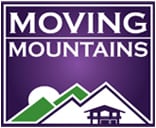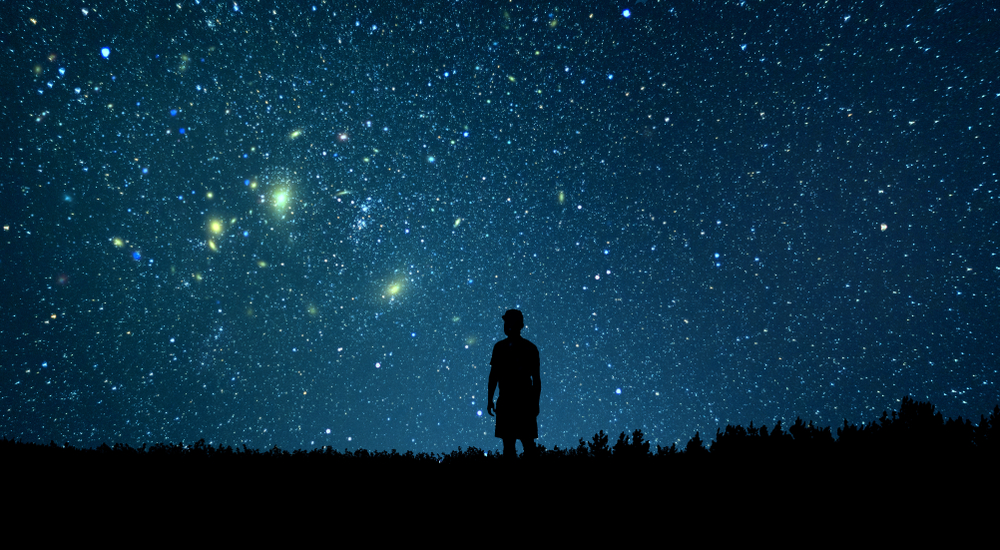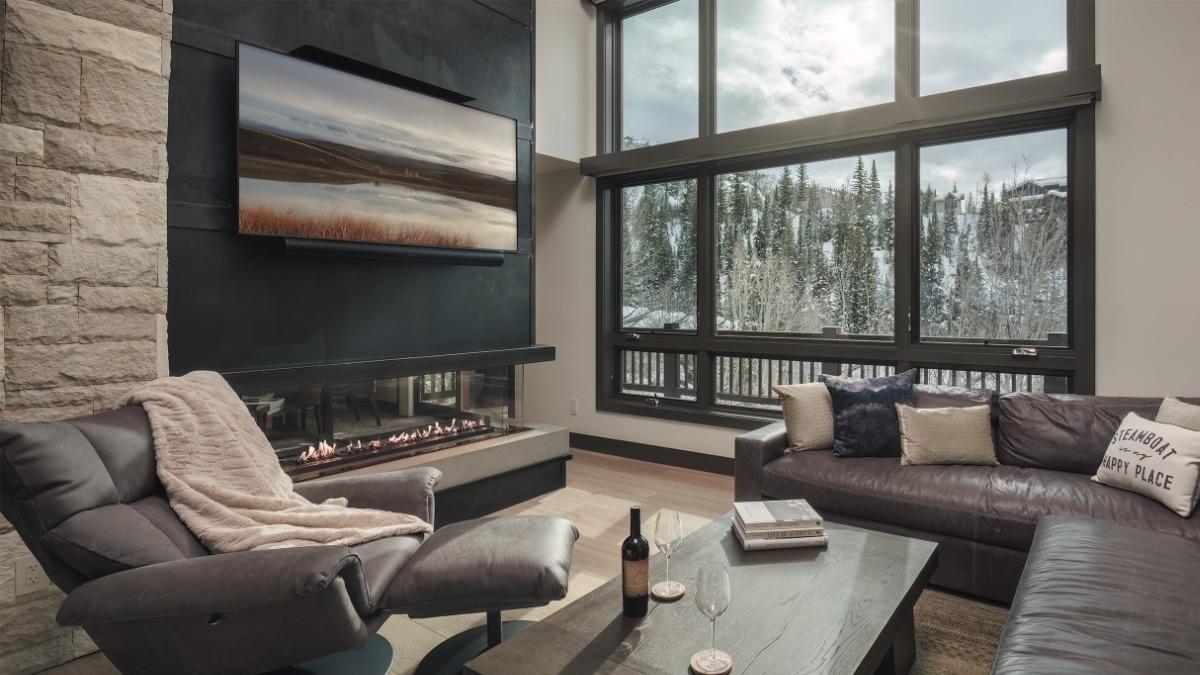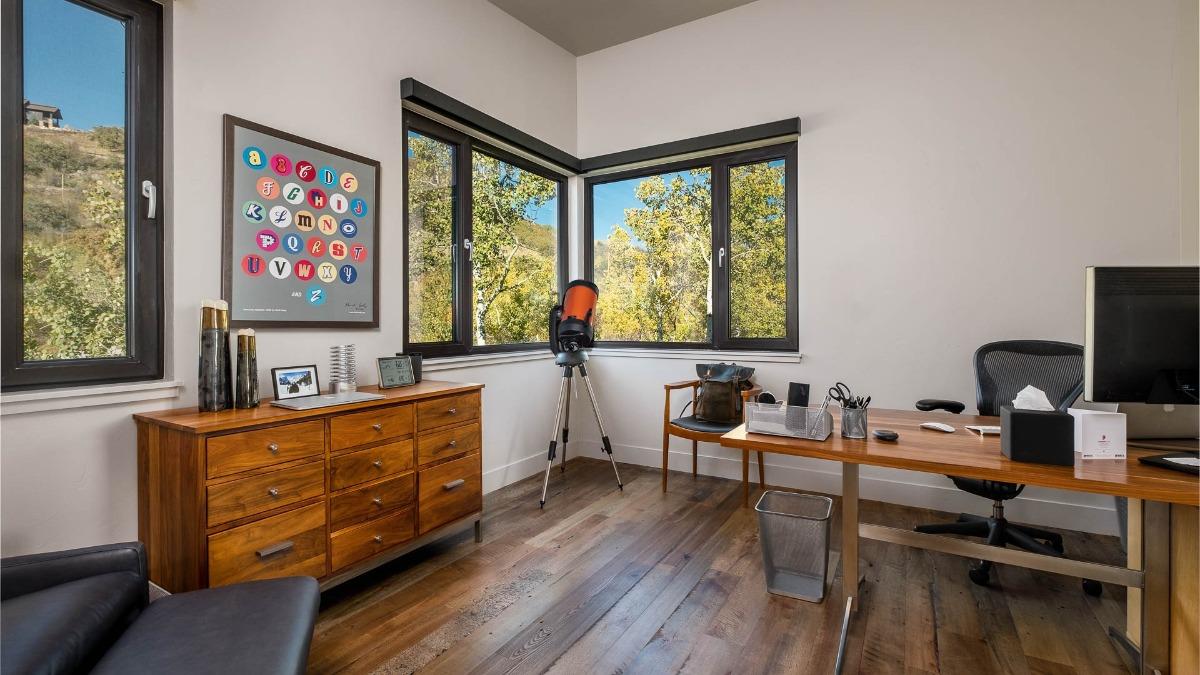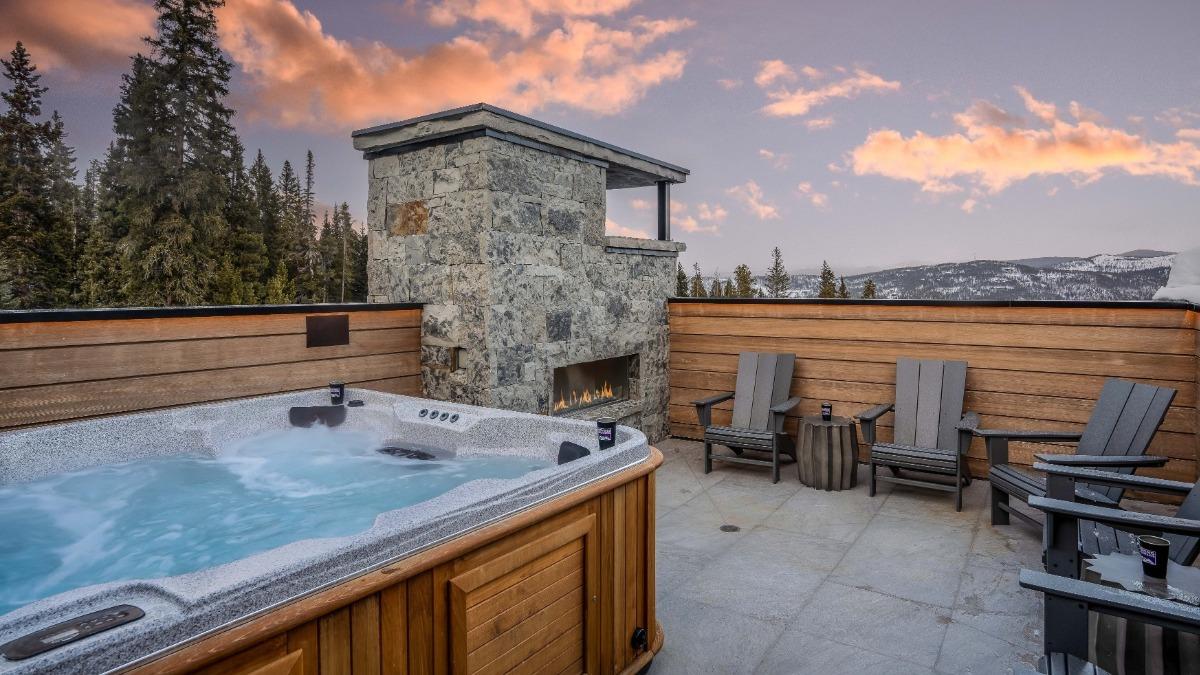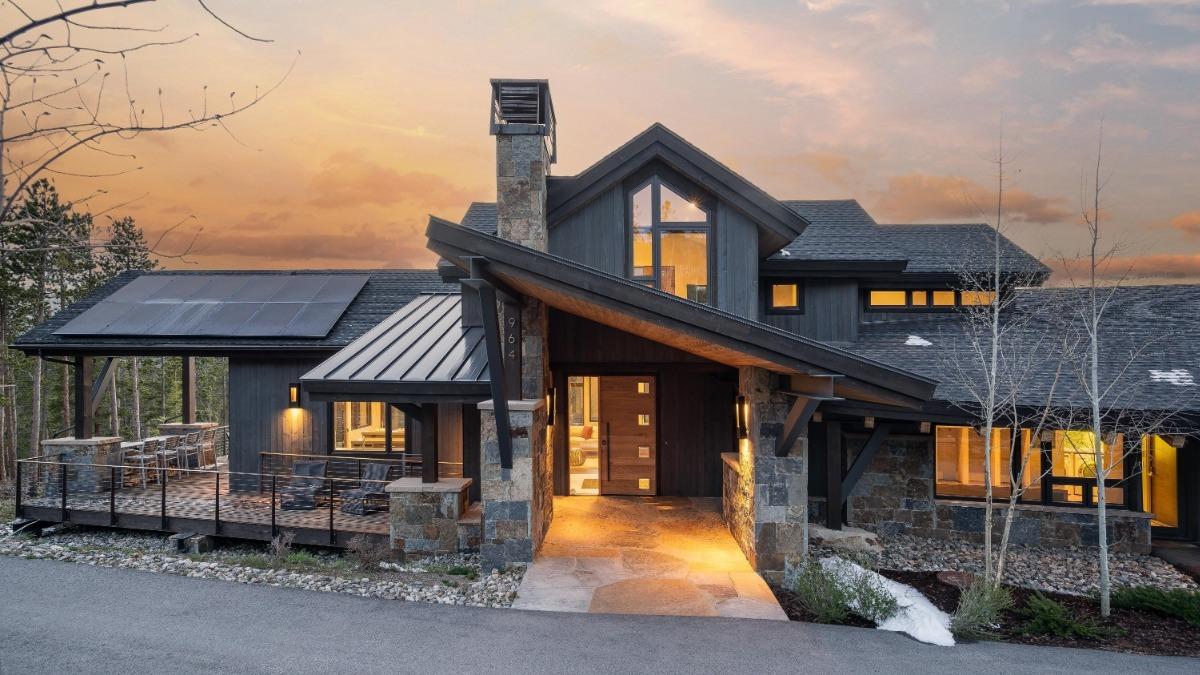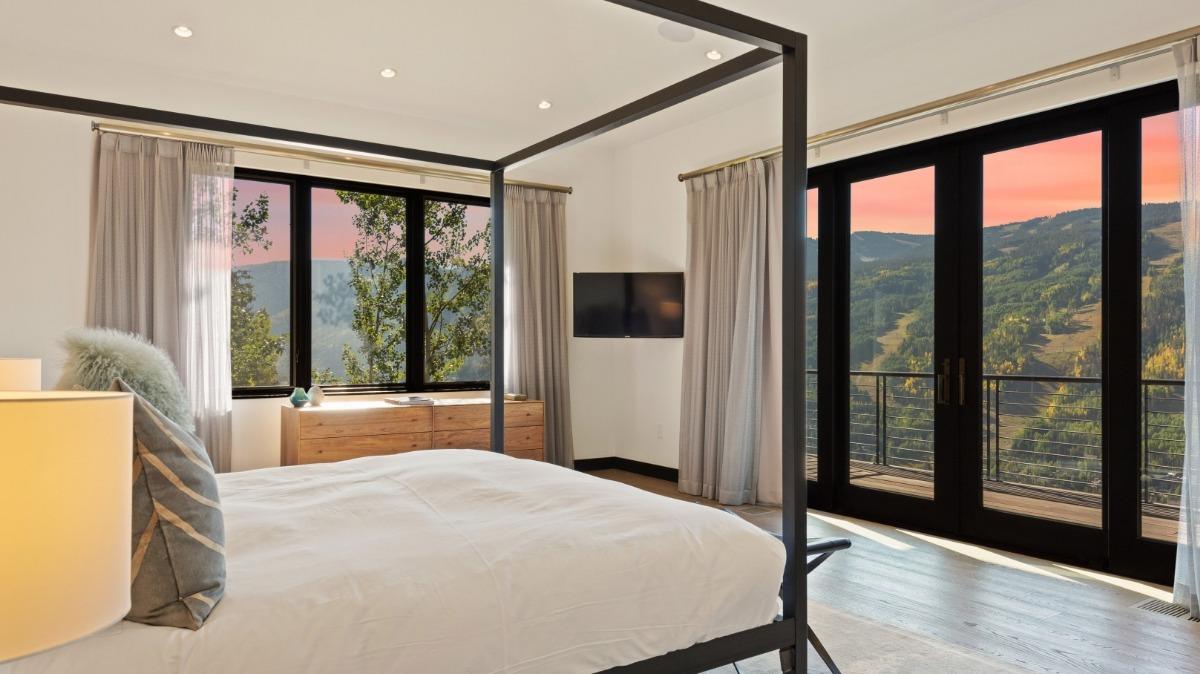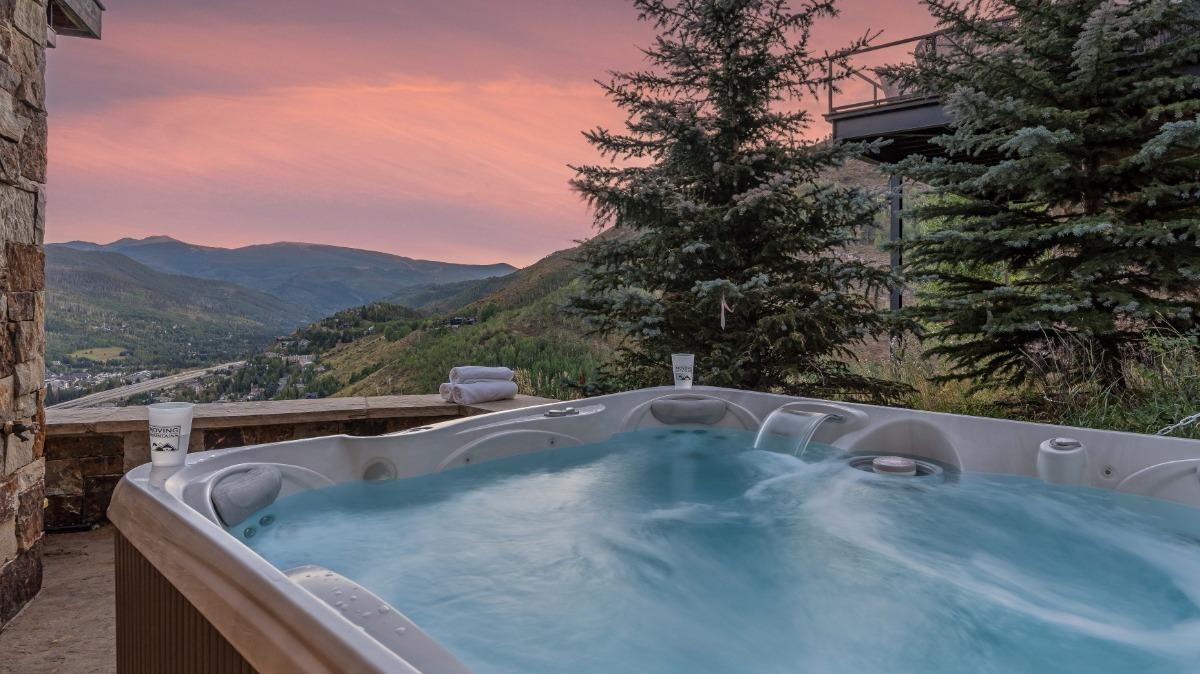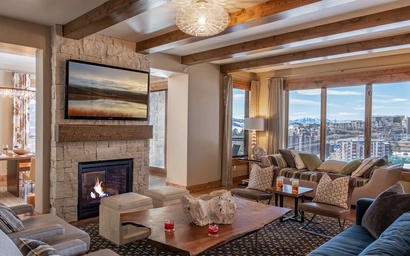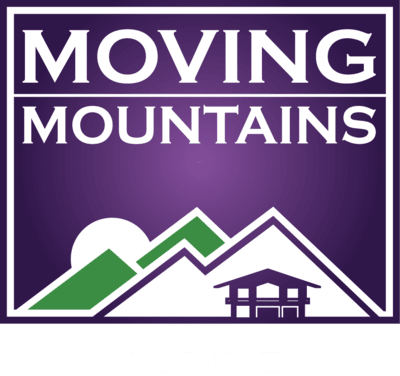Mankind has forever looked to the skies with fascination and awe, just as so many people did this past week witnessing the spectacular solar eclipse. However, beyond these rare cosmic events, there is a dazzling display of stars and planets every night. And the simple pleasure of stargazing is as mesmerizing as any celestial spectacle.
Some of the best locations for stargazing are areas with minimal light pollution, cloud-free skies, higher elevation and lower humidity – the Colorado Rockies! Home to several Dark Sky Parks and Communities, Colorado is one of the best places in the world to stargaze!
While these state parks aren’t officially certified, they make the list of some of the best places to view some spectacular stars or a meteor shower, and they’re close to Steamboat, Breckenridge, Vail and Beaver Creek. So, you don’t even have to camp out to catch a falling star, you can do that from the deck of one of Moving Mountains’ luxury vacation homes.
- Pearl Lake State Park
- Steamboat Lake State Park
- Stagecoach State Park
- Medicine Bow-Routt National Forest
- Sylvan Lake
- Arapahoe National Forest
Dark Sky International restores the nighttime environment and protects communities from the harmful effects of light pollution through outreach, advocacy, and conservation. The organization certifies communities, parks and protected areas around the world.
Stargazing requires little more than being able to stand outside and look to the skies! Throw in some patience and curiosity, and an ability to identify a few of the more notable stars, planets and constellations in the night sky, and you're set. There are few things to elevate your stargazing:
- Binoculars - while there are specialized binoculars for stargazing, a pair of regular binoculars will provide more than enough zoom for amateur stargazers.
- Star Charts - some good recommendations for digital versions of star charts with interactive maps of the night sky are: TheSkyLive and Stellarium.
- Fleece Jacket - even in the middle of summer, it can get chilly at night in the mountains. You'll need to bundle up.
- Bug Spray - the bugs come out just like the stars at night!
Other easily locatable stars in the northern sky include the W-shaped Cassiopeia, which is located on the other side of the North Star from the Big Dipper, and the Summer Triangle. The Summer Triangle isn’t actually a constellation, but its trio of stars are usually among the most visible at sunset and are just as easy to spot as the Big and Little Dipper. The Milky Way is up in early morning hours during spring, or in evening hours from mid-summer to early fall.
Here are some of our homes with the best viewing decks, hot tubs bedrooms, and some with telescopes!
